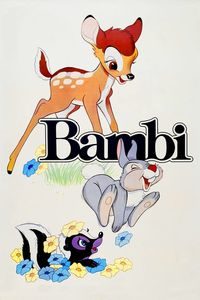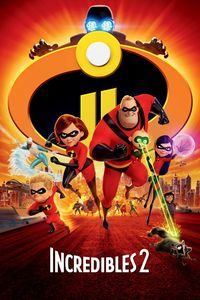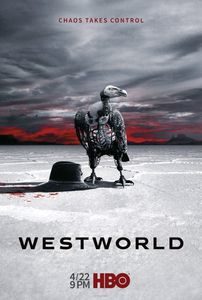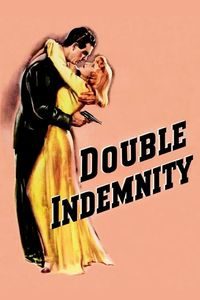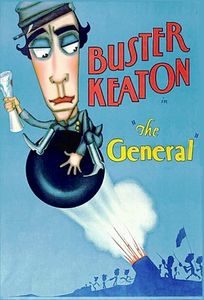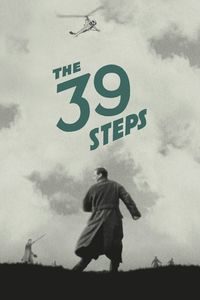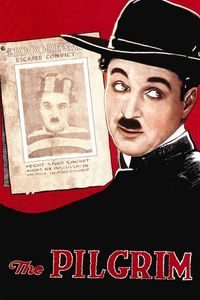(On Cable TV, June 2018) The problem with second seasons of high-concept shows is that you don’t quite have the same element of surprise in reserve. In Westworld’s case, it means that the dizzying timeline tricks and character revelations of the first seasons can’t be exactly reproduced, and that the show has to work within known parameters. This doesn’t necessarily mean that they don’t try to keep things interesting. Set in the few days immediately after Season 1, this second series follows characters as they react to the events of the first season, revealing new secrets along the way and digging even deeper in mind-twisting questions about personalities and predetermination. Thanks to the endless wonders of flashbacks, simulations and body/mind separation, nearly the entire cast is back (yes, even those confirmed dead), meaning that the solid acting talents of the series are once more on display. Tessa Thompson gets a deservedly more prominent role, while Ed Harris, Thandie Newton and Rachel Lee Evans all keep on doing what they did so well the first time around. While I was initially disappointed by the series’ renewed focus on the park (I expected the hosts to escape in-between seasons), the park’s uncovered secrets made things even more interesting. And while this second season is straightforward about its dual-timeline structure, it does experiment with storytelling in focusing certain episodes on specific characters (some of them peripherals) and taking trips in other theme park areas to hilarious parallel effect. My pick for most-improved character goes to Lee Sizemore, formerly an annoying writer here transformed into the incarnation of everything he wished for (including a late empathy boost for his own creations) in a neat commentary on the relationship between creator and characters. Meanwhile, the season’s best episodes (setting aside the season finale that features so many character deaths that it feels obliged to have a few resurrections as well) has to be the eighth, in which a relatively unsophisticated character discovers the true nature of his world in a mostly self-contained episode that spans decades of series history. There is, once again, a lot of material to digest in Westworld—the storytelling is challenging, the themes are explored to the point of pretentiousness, and the science-fiction devices used in generally compelling fashion. It all amounts to solid TV—worth following as it airs, episode after episode.



![La Science des rêves [The Science of Sleep] (2006)](https://www.christian-sauve.com/wp-content/uploads//the-science-of-sleep-2006-200x300.jpg)
